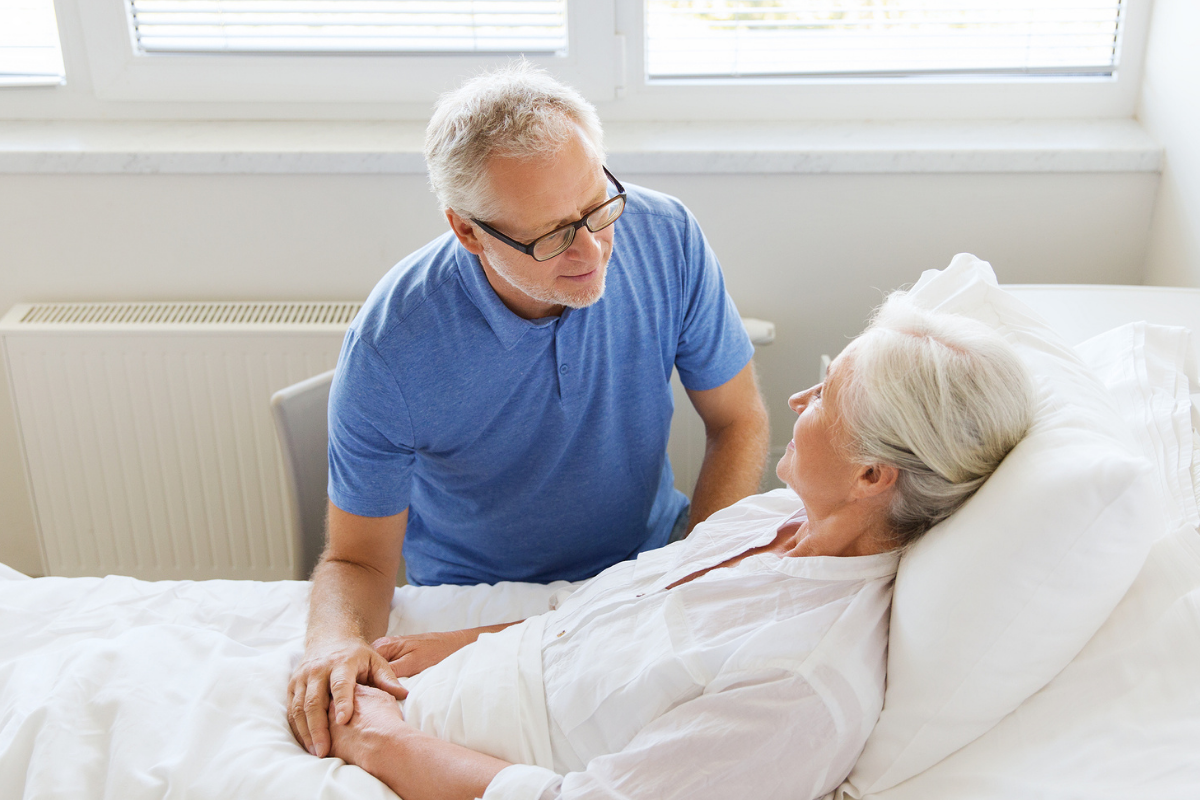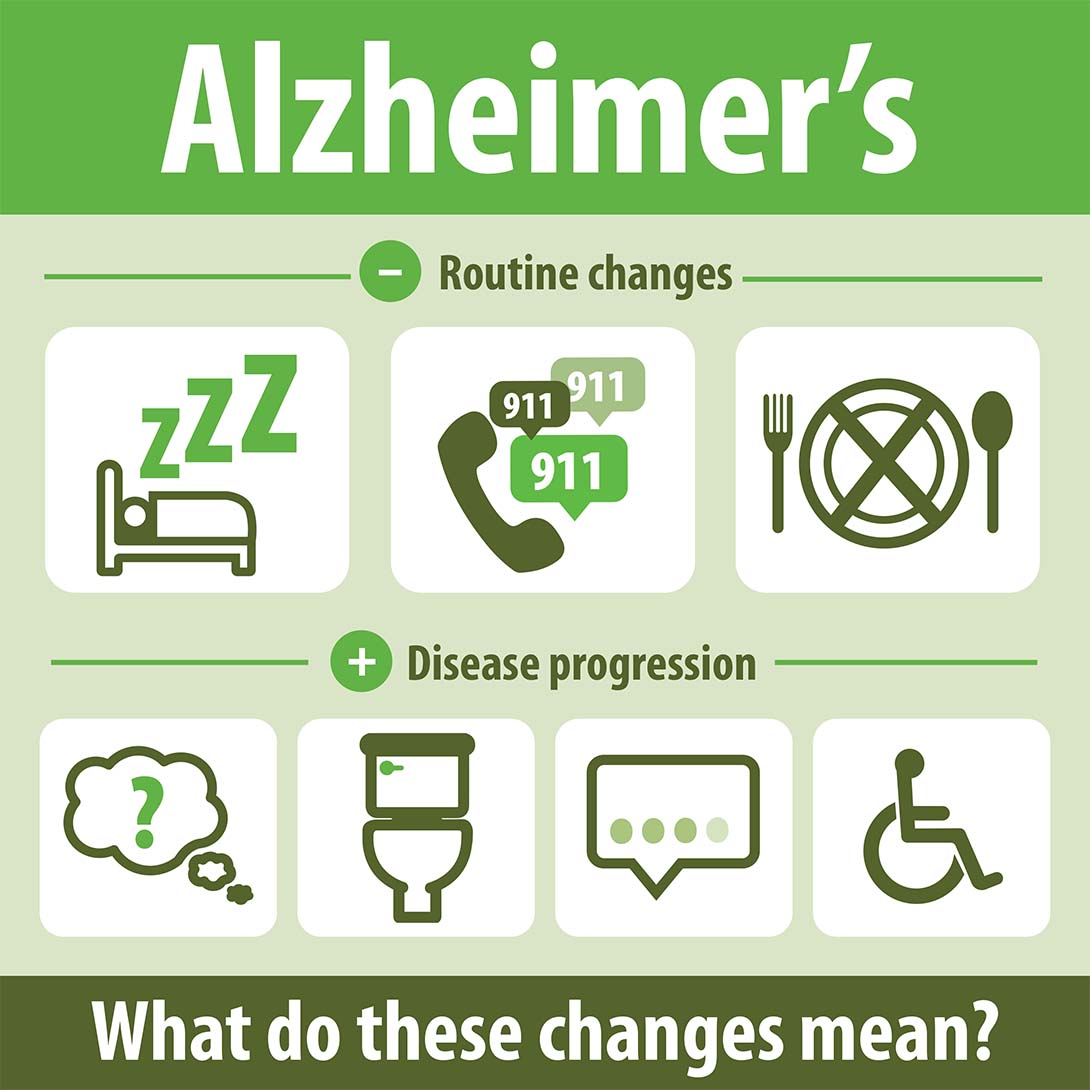How to Give a Bed Bath Step By Step

Bathing has important physical and mental health benefits. Unfortunately, for older adults or people facing a serious illness or injury, it can be a difficult task to undertake on their own. While some may be able to shower with assistance, people with limited or no mobility will need to have a bed bath.
Bed baths are a very personal and intimate experience. This can be intimidating to family caregivers, but it is an important step for cleanliness, prevention of infection, and personal dignity. It gets easier once you learn how to give a bed bath step by step.

How to Prepare to Give a Bed Bath
When preparing to give a bed bath, you will first need to gather the supplies needed for the task. These include:
- 3 towels
- 2-3 washcloths
- 2 wash basins (one for soapy water, one for rinsing)
- Soap or wipes
- Shampoo (you can use no-tears shampoo, no-rinse shampoo, or dry shampoo)
- Body lotion
- A waterproof mat or bedsheet
- A table or stand for your supplies
Before beginning the bed bath, be sure to remove any jewelry that can snag skin and prepare the room. Explain to your loved one that it’s time for a bath. Close the door and blinds and ensure the room is a comfortable temperature. Adjust the room temperature if needed. If not in a private room, draw a curtain around the bed to provide privacy. Adjust the bed height to make sure you can perform the bed bath without hurting your back. Finally, place a waterproof mat or bed sheet under the person to keep the bed dry.

How to Give a Bed Bath
Be sure to communicate each step of the bathing process to your loved one, so they know what to expect.
Fill each basin with warm water. You will use one to soap up a washcloth and wring it out. The second basin will hold clear, warm water for rinsing off.
Wash and dry your hands. If you wish to wear protective gloves, put them on at this time.
Partner with your loved one during the bath. Allow them to undress and wash as much as they can on their own.
As you assist them, uncover one area of the body at a time. Wash that area, dry it, and then cover it back up to protect your loved one’s privacy and dignity. Throughout the bath, take note of any sores, cuts, or bruises.
Wash with one soapy cloth or wipe, and then rinse off using a second washcloth and clear water.
As you wash, start with the cleanest parts first – such as the face, ears, and neck. Then wash the arms, one at a time, and then the hands. Wash the chest and belly, being sure to not miss the belly button.
Next wash one leg and then the other. Then wash the feet and toes.
Help your loved one roll onto their side so you can wash their backside. If you cannot roll the person on your own, get someone to assist you.
Pour the water out of the basin and re-fill with warm, fresh water.
Using a new washcloth, clean the genital area and then the anal area.
Change the water again and then wash your loved one’s hair. Use “no-tears” shampoo or a no-rinse shampoo.
Apply body lotion to protect your loved one’s skin. Don’t put the lotion in an area that can become damp like where the skin folds.
Help your loved one redress, then put away your supplies and wash your hands.
Crossroads Hospice & Palliative Care provides care and support to people facing serious and terminal illnesses. To learn about our palliative care services or hospice services, please call 1-888-564-3405.
If you found this information helpful, please share it with your network and community.
Copyright © 2022 Crossroads Hospice. All rights reserved.




